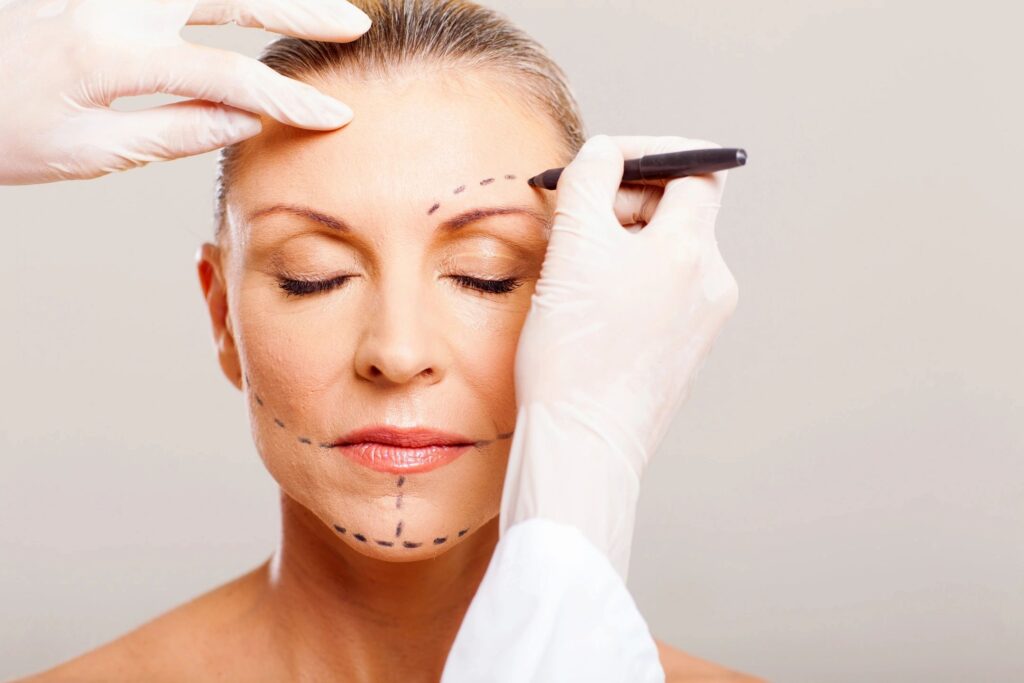Dermatologists can also treat skin conditions that may not necessarily be harmful but can affect or even disfigure a person’s appearance. Cosmetic dermatology procedures can improve the appearance of the skin by correcting skin flaws such as acne, scars, and wrinkles.
At our office, Dr. Kaley Myer will work with you in selecting the appropriate cosmetic dermatology procedures that meet your aesthetic goals.


